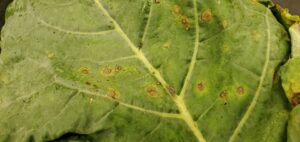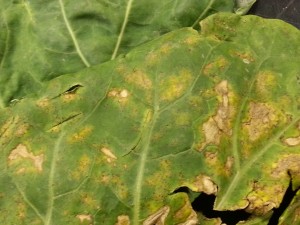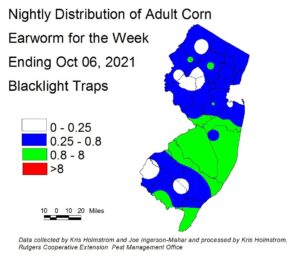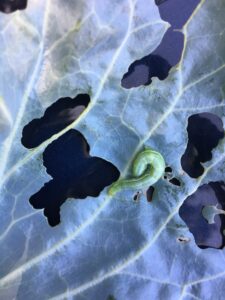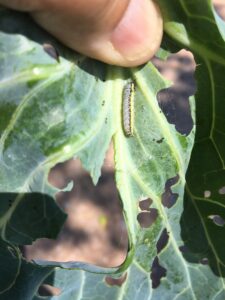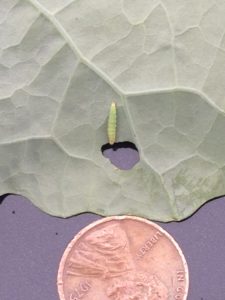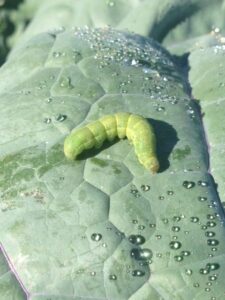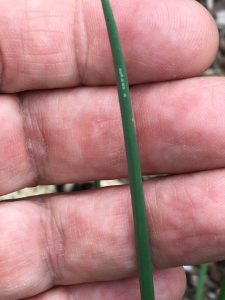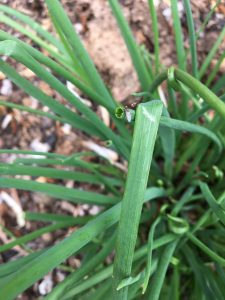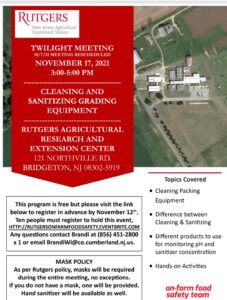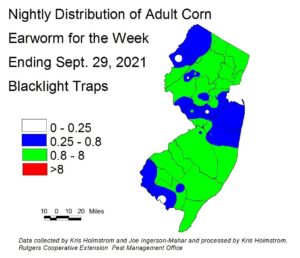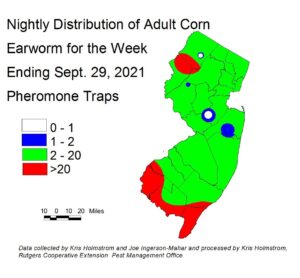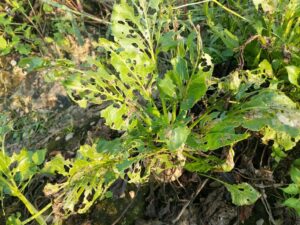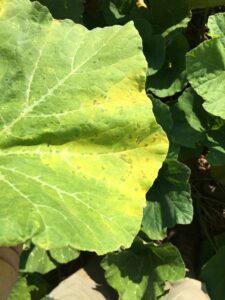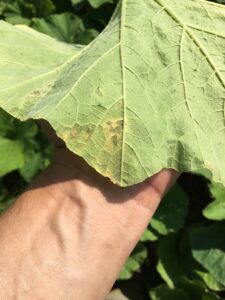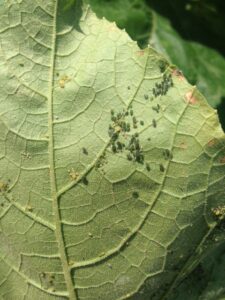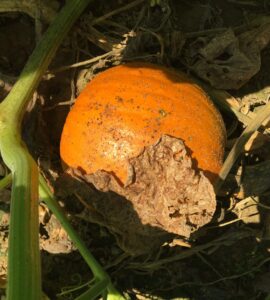Autumn is harvest season on the farm, and farmers are rushing to get the harvest in before the weather becomes cold. With harvest season getting underway, more heavy farm equipment is going to be out on the same roads as vehicle traffic, going from field to field, dramatically increasing the odds for accidents. During this season, it is important to be aware of the increased possibility of accidents and injury, especially when using farm machinery. One area to pay particular attention to is road safety while moving equipment. Here are some tips to help make sure the season is safe.
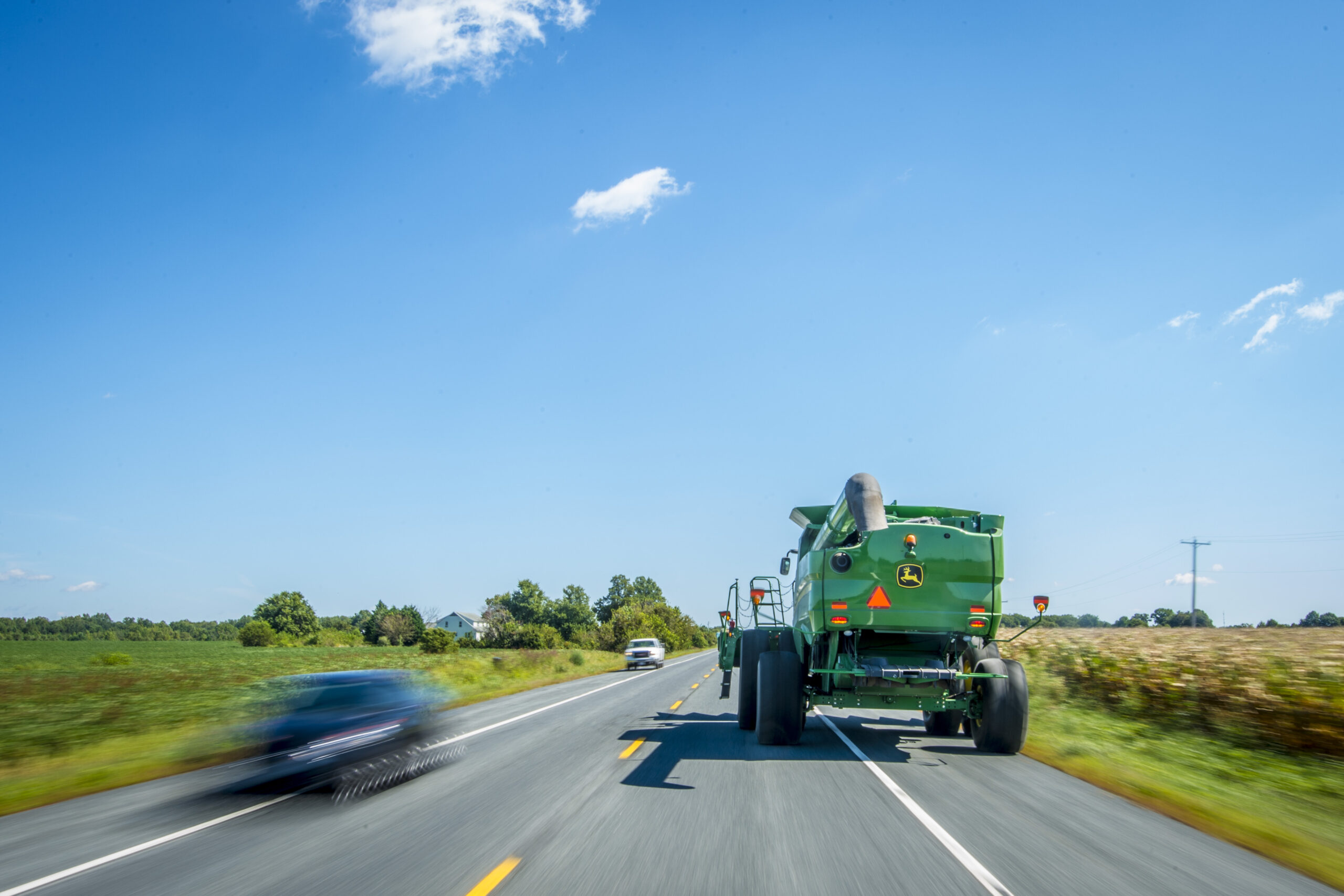
USDA Photo by Preston Keres
Make sure your farm vehicles and equipment are visible.
- Verify that all lights and flashers on your farm vehicle are working properly.
- Use warning flashers, flags, lights and slow-moving vehicle emblems on all equipment.
- Apply reflective tape to machines to improve visibility for motorists at dusk.
- Avoid traveling before dawn and after dusk if you can. If you need to drive during these times, ensure that your headlights are working. Headlights help you see and be seen.
- Consider the use of an escort vehicle following with lights and flashers
Also, make sure you know the size of all tractors, vehicles and equipment. Be mindful of the height of your farm equipment and avoid power lines, low bridges and other overhead obstacles. Remember to communicate with fellow motorists on the road. Use turn signals and hand signals whenever possible to communicate with fellow drivers. Avoid distractions and make safety a priority on the road. Also, particularly important is to pay attention to when you are feeling tired and fatigued. Taking a break to rest is an important safety tool not to be overlooked.
This post was written by Bill Bamka, County Agricultural Agent with RCE-Burlington County.

